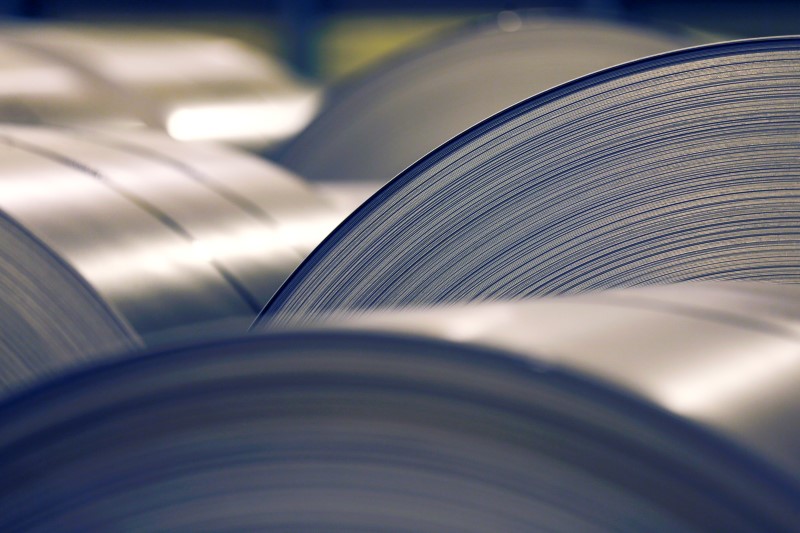* Shanghai rebar falls nearly 3 pct, Dalian iron ore down 1.5 pct
* Slower construction activity during summer in China
* Small chance Chinese steel output will continue rising - CISA (Updates prices)
By Manolo Serapio Jr
MANILA, June 15 (Reuters) - Chinese steel and iron ore futures dropped for a second day on Wednesday, reflecting concerns over weak demand as construction activity slows during the summer.
After months of strong steel production as mills responded to a rally in prices earlier this year, output in China, the world's top producer, could slow along with consumption, the China Iron and Steel Association warned.
"With waning demand and falling steel prices as summer enters, and against the backdrop of cutting overcapacity, there is a small possibility that steel production would continue expanding, and iron ore demand will unlikely rise," the industry group said in a report on its website.
China's crude steel output rose 1.8 percent to 70.5 million tonnes in May from a year ago, the second time production topped 70 million tonnes this year, government data showed on Monday. hit a record high of 70.65 million tonnes in March when a surge in steel prices spurred mills to boost output and the shuttered ones to resume operations.
Along with the summer lull, the momentum to build new housing units in China has somewhat cooled off, curbing future steel demand, said Argonaut Securities analyst Helen Lau.
The most-traded rebar, or reinforcing steel used in construction, on the Shanghai Futures Exchange SRBcv1 closed down 2.7 percent at 2,067 yuan a tonne.
On the Dalian Commodity Exchange, the most-active iron ore DCIOcv1 slipped 1.5 percent to 360 yuan a tonne.
Deals in the physical iron ore market were scarce this week, with little appetite for fresh seaborne cargoes and those stocked at China's ports, traders said.
Iron ore for immediate delivery to China's Tianjin port .IO62-CNI=SI fell 1.9 percent to $50.80 a tonne on Tuesday, the lowest since June 6, according to The Steel Index.
The spot benchmark is 26 percent below this year's peak reached in April, as the steelmaking raw material tracked the ensuing decline in Chinese steel prices.
